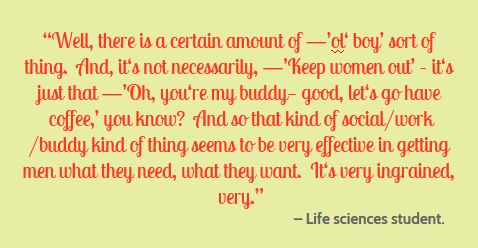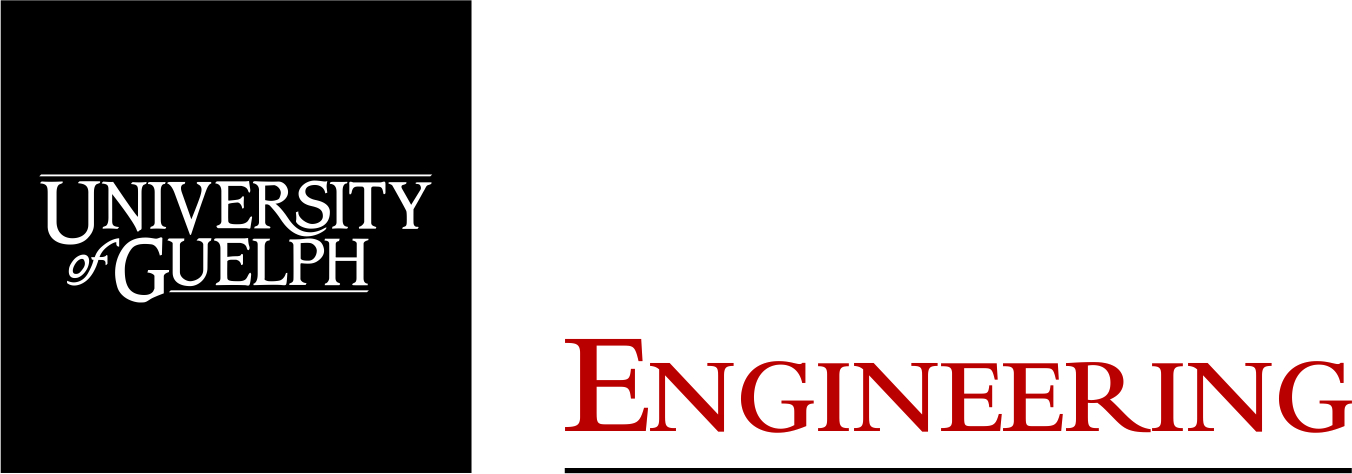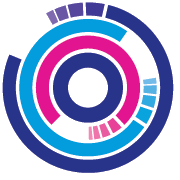If you work in science, technology, engineering or math, chances are you’ve heard the “leaky pipeline” metaphor at one time or another. The “pipeline” metaphor is often used to illustrate the representation of women at different stages of their STEM education and careers.
Over the last 10 years, data pertaining to the pipeline metaphor has shown some positive gains as the number of women graduating from engineering programs in Ontario has increased. However, data from the Mercer OSPE National Engineering Compensation Survey reveals that the representation of women in senior levels of engineering responsibility remains at unacceptably low levels.

The fact that there continues to be so few female engineers at the top of the corporate ladder or in senior academic posts has prompted many to conclude there are so-called “leaks” in the pipeline. While the pipeline metaphor is a helpful model to illustrate the statistics surrounding the number of women in STEM, it does not capture what is happening within the so-called pipeline to cause said “leaks”.
“The glass obstacle course”
—-
 In their 2011 article in the International Journal of Gender, Science and Technology, American researchers Kris De Welde and Sandra L. Laursen proposed the “glass obstacle course” metaphor to replace the leaky pipeline. This new metaphor emphasizes the drivers of attrition – the set of individual women’s experiences that collectively account for the statistical decline of women in STEM.
In their 2011 article in the International Journal of Gender, Science and Technology, American researchers Kris De Welde and Sandra L. Laursen proposed the “glass obstacle course” metaphor to replace the leaky pipeline. This new metaphor emphasizes the drivers of attrition – the set of individual women’s experiences that collectively account for the statistical decline of women in STEM.
The authors identify four obstacles that they describe as glass – exclusion from the ‘old boys club,’ outright sexism, a lack of women role models, and difficult work-life choices. Because they were implicit, unseen, subtle, and unanticipated, the women in De Welde and Laursen’s study did not see these obstacles as barriers until they experienced them or reflected upon them much later. Below are quotes from two participants in their study.
Want to learn more and share your own thoughts and experiences?
—-
OSPE’s Women in Engineering Advocacy Committee’s (WEAC) annual Claudette MacKay-Lassonde Fall Forum is the focal point of OSPE’s advocacy efforts related to women in engineering.
Join us on Saturday, October 28th at The Forth for the 15th annual Fall Forum, entitled Navigating the Glass Obstacle Course.
—-
This year’s conference explores the glass barriers that affect the careers of women in engineering, as well as how post-secondary institutions, companies, and government are working to remove these obstacles to support gender equity in the engineering profession.
[Best_Wordpress_Gallery id=”6″ gal_title=”Navigating the Glass Obstacle Course”]
Who should attend?
—-
Whether you are a young woman at the early stages of your engineering career or a seasoned professional, this event will provide you with an opportunity to hear from thought leaders, gain practical career advice, and network with others. Men are also encouraged to register and share in this mutual learning experience.
Why should you register?
- Learn about the importance of gender equity and diversity in the engineering profession
- Discover how post-secondary institutions and engineering companies are supporting women
- Examine the gender wage gap in Ontario and the engineering profession
- Gather strategies you can employ to maneuver around unexpected “walls” or obstacles
- and much more!
Guests will enjoy a light breakfast and lunch. To register, view the day’s agenda, and to learn about our distinguished speakers, please click here.
Platinum Sponsor:
Gold sponsor:
Silver sponsor:
Corporate Table Sponsor:














Why are women in engineering being encouraged to “navigate the glass obstacle course”? This is very alarming. Women shouldn’t be navigating anything any more than they should be plugging the leaky pipeline. The invisible barriers must be identified and removed (not navigated) – by those with the power to do so – which isn’t typically the women in any under-represented profession. Perhaps there is a learning opportunity here to bring men into the discussion (or hold a workshop for them or for leaders specifically) on how to blow up or tear down the glass obstacle course. I’m bothered by the burden of change being placed on the under-represented (yet again). This does not move the dial on participation and representation. Respectfully and in support.
Hello Imogen,
Thank you very much for sharing your insights. We couldn’t agree more; removing these invisible or implicit barriers is certainly the ultimate goal. There was quite a bit of discussion about the title for the event since, as you can appreciate, it’s very difficult to depict the complexity of retention issues in a physical model.
In the context of the upcoming event, as opposed to suggesting that women navigate these barriers on their own, the title “navigating the glass obstacle course,” was intended to reflect the forthcoming discussion between government, industry and academia – how together, we can navigate this issue to develop solutions and reach the end goal of removing these barriers altogether.
You raise another excellent point. To move the dial on participation and representation, it is absolutely necessary include men in the conversation. OSPE’s annual forum is designed to bring the entire engineering community together to critically discuss these barriers, learn from the experts and move forward with proactive solutions. OSPE’s Women in Engineering Advocacy Committee intends to use the learnings and outcomes from this event to prepare an informed deliverable that we will share with engineering employers. We are pleased to note that every year more and more men attend this event and accept our invitation to participate as presenters.
We sincerely appreciate your remarks and hope that this discussion can continue online. We look forward to working with you and the team at Ryerson to encourage all members of the engineering community to continue to drive positive change.